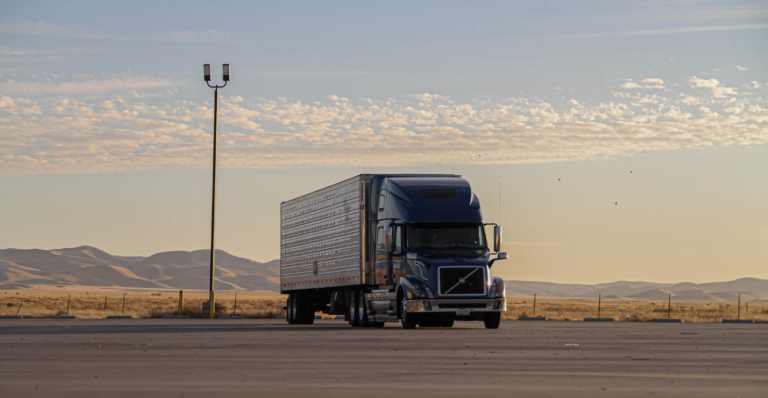At EFS, we play a small role in Australia’s constantly moving supply chain, helping business owners to deliver goods to suppliers and customers.
While every business is important, the transport of food around the country is essential to support our entire community. We thought we would go ‘back to the source’ and do some research about how Australia’s food producers are changing their approach to sustainability and technology.
Sustainability and the importance of regenerative agriculture
The term sustainability refers to helping things last for longer. Regeneration, however, takes things up a level and ensures what is taken gets replaced.
According to climaterealityproject.org, The agriculture sector is one of the biggest emitters of CO2, the greenhouse gas (GHG) most responsible for the changes we are seeing in our climate today. Together with forestry and other land use, agriculture is responsible for just under 25 per cent of all human-created GHG emissions. However, agriculture also has a vital role to play in helping us create a safe, sustainable future without carbon pollution.
Regenerative agriculture looks to minimise damage to soil and replace what gets taken out of it so it can be used by future generations.
Some of the practices that facilitate soil regeneration include:
- Reducing what’s known as ‘tillage’/ploughing. If a farm practices minimum or zero till, it cuts back on this activity, so the soil is disturbed less frequently and is able to remain productive. This technique prioritises the use of organic fertiliser, relies more on biological pest control and reduces the use of chemical fertilisers (more about that shortly).
- Planting diverse crops in order to create more nutrient-dense soil and increase crop yield
- ‘Cover crops’ which ensures soil is not left ‘empty’ to dry out and wash away. Farmers with a regenerative focus have a strategy around rotating crops and planting cover crops to keep soil healthy
- ‘Biological pest control. This approach resolves the need for pesticides by releasing ‘good’ insects to take out the ‘bad’ ones.
The upside of these practices is healthier crops and more nutrient-rich food.
Speaking of chemical fertilisers, a product called urea is used in agriculture. This product is also used to create AdBlue, an additive that is relied on by many freight vehicles in Australia.
At the moment, urea is in short supply. If farms can reduce their dependence by switching to less fertiliser-reliant methods, it’s good news for all of us.
The rise of ag-tech
If you thought fridges telling us we’re out of milk was cool technology, you’ll find the goings-on in agriculture very exciting.
Here’s a quick rundown of a few ways the digital world is transforming the age-old practice of farming:
- GPS tracking is the new ‘cow bell’… smart technology allows livestock to be easily kept track of
- Next-gen antenna technology to enable farm-wide wifi and better communication
- Assisted reality goggles to allow vets to ‘see’ what farmers are doing on remote properties and lend a hand without travelling
- Indoor vertical farming to increase crop yield with the help of hydro and aquaponics
- Drones + artificial intelligence that allows weeds to be sought out and targeted, removing the use for blanket herbicide application
- Digital soil mapping that helps to monitor soil quality and notify landowners when there is an issue that needs to be addressed
All the above is not just fascinating to read about… it’s encouraging to see some good news stories that influence our food supplies and our overall well-being.
Want information about playing your role in Australia’s supply chain in a cost-effective way? We help businesses by helping them connect with the most suitable freight providers. Contact EFS to find out more.
Follow us on social media to keep up to date with freight and logistics news and updates in Australia.






